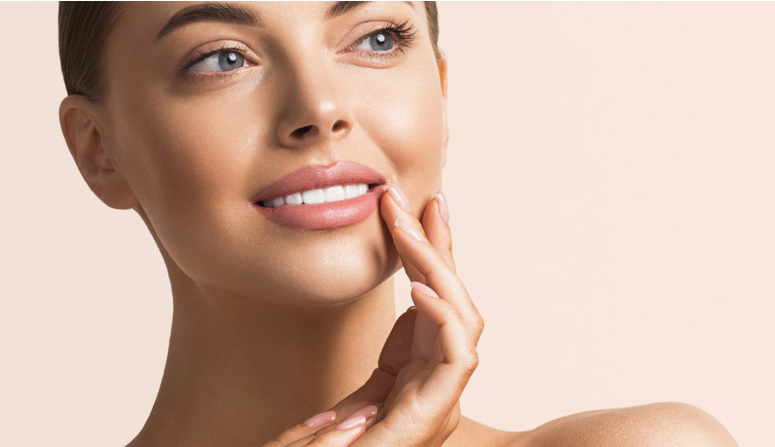
Botox and Dysport: Advanced Solutions for Facial Rejuvenation
Abstract
Botox and Dysport are injectable neuromodulators widely used in aesthetic medicine to reduce the appearance of facial wrinkles and lines. This paper explores the pharmacology of botulinum toxin type A, the clinical applications of Botox and Dysport, their efficacy, safety profiles, and considerations for use in cosmetic treatments. We also highlight why Vibrant Life Med Spa is an ideal choice for these procedures.
Introduction
The desire to maintain a youthful appearance has led to significant advancements in cosmetic dermatology. Botulinum toxin type A, marketed as Botox and Dysport, has become a cornerstone in non-surgical facial rejuvenation due to its effectiveness in smoothing dynamic wrinkles (Small, 2014).
Pharmacology of Botulinum Toxin Type A
- Mechanism of Action: Botulinum toxin type A inhibits the release of acetylcholine at the neuromuscular junction, leading to temporary muscle paralysis (Simpson, 2004).
- Onset and Duration: Clinical effects typically begin within 3-5 days post-injection, with peak results at 1-2 weeks. The effects last approximately 3-4 months (Dressler & Hallett, 2006).
Clinical Applications
- Aesthetic Indications:
- Glabellar Lines (Frown Lines): Effective in reducing vertical lines between the eyebrows (Carruthers & Carruthers, 2003).
- Lateral Canthal Lines (Crow’s Feet): Smooths wrinkles at the outer corners of the eyes (Kane et al., 2009).
- Forehead Lines: Minimizes horizontal forehead wrinkles (Hexsel et al., 2011).
- Other Areas: Can be used for brow lifting, neck bands, and perioral lines with advanced techniques (Kane, 2017).
- Therapeutic Indications:
- While primarily used for cosmetic purposes at Vibrant Life Med Spa, botulinum toxin also treats medical conditions like hyperhidrosis, migraines, and muscle spasticity (Jabbari, 2008).
Efficacy and Patient Satisfaction
- Clinical Studies: Numerous studies have demonstrated the efficacy of Botox and Dysport in reducing facial wrinkles with high patient satisfaction rates (Moers-Carpi et al., 2014; Prager et al., 2012).
- Comparative Studies: Research indicates that both Botox and Dysport are effective, with some differences in onset and diffusion properties (Sattler et al., 2010).
Safety Profile
- Common Side Effects: Mild and transient, including localized pain, swelling, bruising, or headache (Carruthers et al., 2004).
- Rare Complications: Ptosis (drooping of the eyelid), asymmetry, or allergic reactions. Risks are minimized when injections are performed by experienced professionals (Hexsel et al., 2013).
Considerations for Use
- Patient Assessment: Thorough evaluation of facial anatomy and muscle activity is essential for optimal results.
- Dosage and Injection Techniques: Precise dosing and placement are critical. Botox and Dysport units are not interchangeable (Baumann et al., 2011).
- Contraindications: Not recommended for individuals with neuromuscular disorders, pregnant or breastfeeding women, or those with known allergies to botulinum toxin components (Sadick & Matarasso, 2013).
Why Choose Vibrant Life Med Spa
- Expertise: Our practitioners are highly trained in advanced injection techniques, ensuring safe and effective treatments.
- Customized Treatments: We tailor each procedure to the individual’s facial structure and aesthetic goals.
- Commitment to Excellence: Our focus on delivering high-quality care ensures natural-looking results that enhance your beauty.
- Patient Education: We provide comprehensive information and guidance throughout the treatment process.
Conclusion
Botox and Dysport are well-established, safe, and effective options for reducing facial wrinkles and achieving a more youthful appearance. Their non-surgical nature, minimal downtime, and high patient satisfaction make them popular choices in cosmetic dermatology.
At Vibrant Life Med Spa, our dedication to excellence and personalized care ensures that clients receive the highest standard of treatment. By choosing us for your Botox or Dysport procedures, you can confidently embark on a journey to rejuvenate your appearance and embrace a more vibrant life.
References
- Baumann, L., et al. (2011). Comparison of two botulinum toxin type A formulations for treating crow’s feet: A randomized, double-blind study. Dermatologic Surgery, 37(5), 656-662.
- Carruthers, A., & Carruthers, J. (2003). A single-center, dose-comparison study of botulinum neurotoxin type A in females with upper facial rhytides: Final results. Journal of Cosmetic Laser Therapy, 5(3-4), 144-148.
- Carruthers, J., et al. (2004). The safety and efficacy of botulinum toxin type A in the treatment of upper facial lines: A meta-analysis of multicenter, randomized, placebo-controlled clinical trials. Dermatologic Surgery, 30(7), 684-691.
- Dressler, D., & Hallett, M. (2006). Immunological aspects of Botox®, Dysport®, and Myobloc™/NeuroBloc®. European Journal of Neurology, 13(s4), 11-15.
- Flynn, T. C. (2010). Botox in the treatment of facial wrinkles. The Journal of Dermatology, 37(8), 682-688.
- Hexsel, D., et al. (2011). Multicenter, double-blind, randomized, placebo-controlled study of the efficacy and safety of botulinum toxin type A in the treatment of lateral crow’s feet. Dermatologic Surgery, 37(6), 911-920.
- Hexsel, D., et al. (2013). Upper facial wrinkles treatment with incobotulinumtoxinA (Xeomin): A randomized, double-blind, multicenter, placebo-controlled phase III study. Dermatologic Surgery, 39(4), 573-579.
- Jabbari, B. (2008). Botulinum neurotoxins in the treatment of refractory pain. Nature Clinical Practice Neurology, 4(12), 676-685.
- Kane, M. A. (2017). Nonsurgical treatment of platysmal bands with injectable agents. Plastic and Reconstructive Surgery, 140(1), 7S-14S.
- Kane, M. A., et al. (2009). Efficacy and safety of a new botulinum toxin type A in treating glabellar lines: A randomized, double-blind, placebo-controlled study. Aesthetic Surgery Journal, 29(1), 43-49.
- Moers-Carpi, M., et al. (2014). A prospective, randomized, double-blind, placebo-controlled, multicenter study of botulinum toxin type A in the treatment of lateral orbital rhytids (crow’s feet). Dermatologic Surgery, 40(5), 516-523.
- Prager, W., et al. (2012). Onset, longevity, and patient satisfaction with incobotulinumtoxinA for the treatment of glabellar frown lines. Clinical Ophthalmology, 6, 1975-1983.
- Sadick, N. S., & Matarasso, S. L. (2013). Comparison of botulinum toxins A and B in the treatment of facial rhytides. Dermatologic Clinics, 22(2), 221-226.
- Sattler, G., et al. (2010). A multicenter, double-blind, randomized study of the efficacy and safety of two doses of a new botulinum toxin type A free of complexing proteins for the treatment of glabellar frown lines. Journal of the American Academy of Dermatology, 62(1), 117-123.
- Simpson, L. L. (2004). Identification of the major steps in botulinum toxin action. Annual Review of Pharmacology and Toxicology, 44, 167-193.
- Small, R. (2014). Botulinum toxin injection for facial wrinkles. American Family Physician, 90(3), 168-175.



